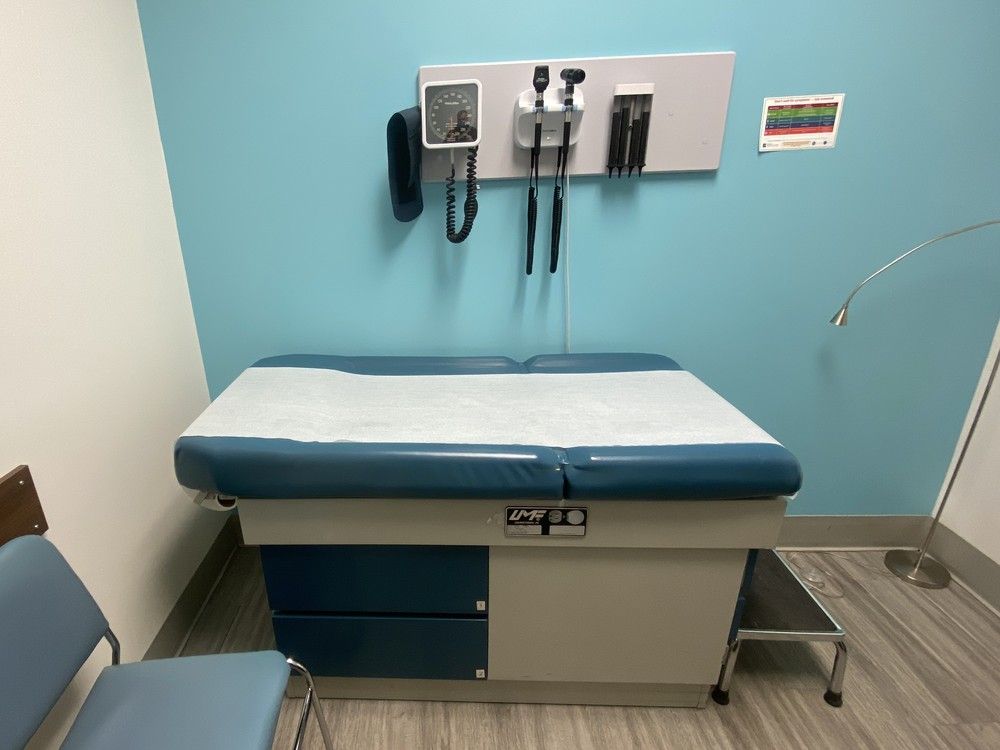The city’s finance committee has approved a multi-pronged action plan to attract and retain family physicians.
The strategy is aimed at building bridges between the primary care sector and the City of Ottawa, promoting the city and advocating to the province to remove restrictive policies for physicians.
The province is investing $2.1 billion into health care with the goal of attaching every resident with a primary care provider by 2029, said Will McDonald, the director of the city’s strategic projects office. That will have a positive impact on the number of primary care providers entering the system.
But there are also existing provincial policies that disadvantage Ottawa, including barring international medical graduates from practising here for five years.
Rural and remote communities have been using financial and other incentives to attract physicians, but that tends to pit municipalities against each other and it may be contrary to the Ontario Municipal Act, said McDonald.
The 10-part strategy includes a two-year pilot project for an “ambassador” to liaise with the primary care sector, and represent and promote the City of Ottawa while building relationships with health-care partners at a cost of $40,000 a year.

The ambassador role has worked in other cities. The City of Hamilton recently expanded to two full-time “ambassadors” and has added more than 35 permanent physicians and 35 locums to cover temporary absences in recent years.
The strategy targets areas the city can control and leverages partnerships.
“Health care is not a municipal responsibility, but this is an opportunity for us to make a difference in this space and do what is within our control,” said Mayor Mark Sutcliffe.
Under the plan, the city will contribute to the development of nonprofit medical clinics by “exploring opportunities to contribute land or space for new or expanded nonprofit medical centres and help physicians with their proposals and navigate the application process to expand or establish new clinics.” This was identified by the Ontario Medical Association as a key support municipalities can provide to local physicians, councillors heard.
The city will also identify partnership opportunities between its departments and the primary care sector, with the goal of easing demand on primary care providers so they can accept more patients.
Family medicine is not where medical graduates go to get rich — and there’s only so much that can be controlled at the level of the municipality or the medical school, said Dr. Bill Hogg, a senior research adviser in the department of family medicine at the University of Ottawa.
The most recent data from the Ottawa neighbourhood study found that about 250,000 Ottawa residents are not attached to a primary care provider, said Hogg. Many of the most socioeconomically disadvantaged neighbourhoods have the highest rates of unattached patients. In Lowertown, Sandy Hill and Vanier, for example, the unattached patient rate varies between 32 and 38 per cent.
As a medical specialty, family medicine requires a two-year residency program after medical school. The uOttawa program currently has 170 family medicine residents training in teaching clinics across the Ottawa region, an increase from 100 only a few years ago. In its budget earlier this year, the province announced funding to create 17 new teaching clinics at Ontario’s medical schools, including one in Ottawa.
Dr. Melissa Forgie, the interim dean at the faculty of medicine, told councillors the ministry of health now requires uOttawa to accept 95 of its MD students from Ontario. The university has met that criteria.
“And then we actually expanded our own admission criteria here at the University of Ottawa to ensure that the vast majority actually come from the Ottawa area region, because we have data to show that if you come from this area, you are more likely to stay,” she told councillors.
But the factors that make graduates want to stay in Ottawa and practise family medicine are complex.
“If they don’t have a good experience during their training, they’re unlikely to choose family medicine,” said Forgie. “And then when they’re doing their family medicine residency training, if that isn’t favourable, then they’re unlikely to stay practising complex care.”
After completing a residency in family medicine, family physicians can take an extra year of training in anesthesia, sports medicine and other better-paying fields of medicine. That also draws away family medicine graduates.
Family physicians have a high administrative burden, which is “almost unspeakable in some cases, in terms of consuming time that could be spent looking after patients,” said Forgie. “We need to think better. Think smarter. Use AI.”
Meanwhile, the faculty of medicine wants to explore a partnership with the City of Ottawa to create primary care hub in an under-served neighbourhood to help train family doctors.
The hub can be located in a neighborhood such as Lowertown, Sandy Hill or Vanier, serving up to 20,000 unattached patients, said Forgie.
“We know — and we have data to support this — that where care providers train and where they feel part of the community strongly influences where they choose and stay to practise.”
The hub would also open the door for co-located city services, linking health and social supports under one roof to make critical services more accessible and more equitable, said Forgie.
“By creating a high-quality, team-based environment for training and mentorship right here in Ottawa, we’re investing directly in the city’s future primary care workforce.”
There has been a “mischaracterization” of primary care business models, said Dr. Danielle Gervais, the primary care network lead at the Ottawa Health Team, one of 58 health teams funded by the province to advance health system integration with deliverables including clearing the primary care waitlist.
“Most primary care is delivered through physician offices, where all expenses, rent, staff and supplies are self-funded through fixed and government-negotiated OHIP billings,” said Gervais. “These are small businesses operating on margins — very thin margins — and not profit-driven enterprises.”
Retention is not adequately addressed in the plan, she said.
“Our recent survey of family physicians and nurse practitioners found that almost 30 per cent of those who answered the survey plan to retire or exit comprehensive care in the next five years, putting care for over 37,000 patients at risk.”
The strategy will be before city council on Oct. 22.
Related
- Navy worried about political fallout if media found out about ‘Officer X’
- Why will this new Centretown bike lane have a detour?



